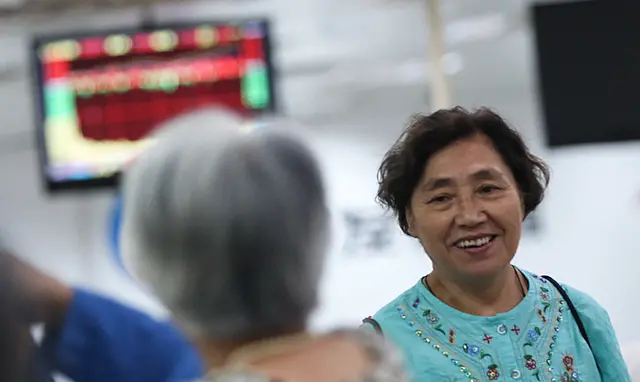The Eighth East Asia Summit (EAS) opens here Thursday, gathering leaders of the dynamic region and drawing attention from across the world.
Against the backdrop of stubborn distress in developed economies and increasing pressure on developing-world growth, it is imperative that the leaders focus on regional cooperation and development, rather than allowing extraneous controversies to derail the conference.
Since its establishment in 2005, the EAS mechanism has made productive contributions to the economic integration of the region, with development and cooperation always being the central themes.
With the admission of the United States and Russia to the mechanism in 2011 and the recent increase in factors adverse to regional security and stability, the EAS has witnessed disagreements over its role, and its future direction has become an issue of major concern.
Criticism of EAS priorities has been brought up, and attempts have been made to put disputed political and security issues on the summit's agenda. Such acts undoubtedly interrupt the overall peace, stability and development in East Asia.
Most countries in Asia, particularly Southeast Asia, are still developing countries at strikingly different stages of development. Many are in a crucial period of economic and social transition with outstanding social tensions. For them, improving people's well-being, developing the economy and promoting regional integration have always been the primary focus and consensus.
It is especially so as the world economy suffers from an economic downturn in the developed world, and East Asian economies faces an uphill task to keep their growth momentum.
It is high time that East Asian countries cemented their inner cohesion and cooperated more closely to enhance their overall competitiveness and revive the "East Asian miracle" that had once served as the crucial engine to global economic growth.
The extraordinary path of East Asian development has demonstrated that cooperation will move forward only when the region sticks to its own model -- to focus on development, strengthen unity and cooperation, and assist each other.
Letting extraneous controversies hijack the summit not only runs counter to its goal of boosting regional cooperation and development, but risks raising regional tensions to the detriment of the interests of the people in the whole region.
There are other mechanisms suitable for addressing controversial political and security issues, and bilateral disputes should be solved through friendly negotiations between the parties directly involved.
For years, China has been committed to developing good- neighborly relations with Southeast Asian countries. Cooperation between China and the Association of Southeast Asian Nations ( ASEAN) is an epitome of the success of East Asian cooperation.
Multiple records have been created -- China is the first outside major power to accede to the Treaty of Amity and Cooperation in Southeast Asia. It is also the first country to establish a strategic partnership with ASEAN, and to launch and complete the establishment of a free trade area with the group.
The progress of bilateral cooperation is particularly notable in the decade of China-ASEAN strategic partnership, during which the two parties have gradually established a regional cooperative framework that features ASEAN's leadership and complementary institutions.
In parallel, an East Asian cooperation model has come into shape which emphasizes seeking consensus through consultation, making incremental progress and taking into consideration the interests of all parties concerned.
Currently, several ASEAN-led free trade areas (FTAs), including the China-ASEAN FTA (CAFTA), Japan-ASEAN FTA and ASEAN-Korea FTA, have been established. In addition, China has proposed to build an upgraded version of CAFTA, while negotiations for a China-Japan- South Korea FTA are making steady progress.
Meanwhile, ASEAN has proposed to establish a regional comprehensive economic partnership, and has been actively pushing forward negotiations. This is a great opportunity to strengthen East Asian cooperation, which underlines complementary advantages and mutual benefit.
As a strategic forum for regional leaders, EAS should continue to be a platform for consolidating trust and promoting cooperation. It needs to maintain its focus of development and cooperation and the spirit of openness, inclusiveness and transparency. Non- regional countries, on the other hand, should respect the diversity of the region and do more to facilitate regional development and stability.
 简体中文
简体中文





